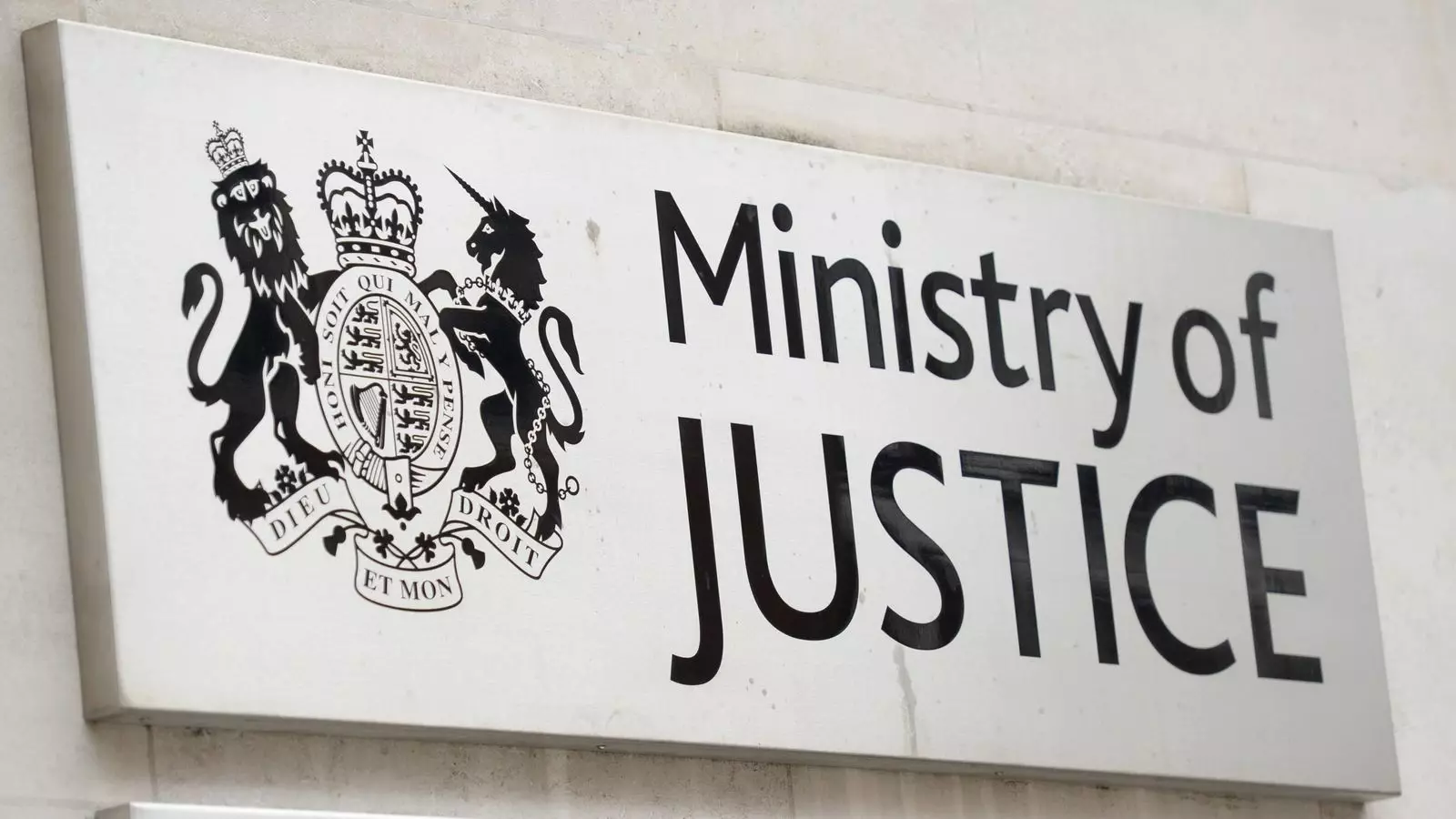In an era where digital security is paramount, the staggering breach of personal data at the Legal Aid Agency (LAA) underscores a catastrophic failure—one that reveals a deplorable level of negligence in protecting sensitive information. The Ministry of Justice (MoJ) revealed that hackers gained unauthorized access to a troubling cache of personal data, including criminal records, potentially affecting millions of individuals who sought legal aid over the past 15 years. The fact that such a breach was not only possible but happened on the watch of government officials is both alarming and shameful.
The gravity of this incident cannot be overstated. The hackers claimed to have accessed 2.1 million data pieces, an assertion that the MoJ has yet to verify but seems to leave the overarching narrative intact: a historic lack of vigilance. We must ask ourselves how a government agency responsible for administering £2.3 billion in legal aid could let its digital systems become so vulnerable. This is not merely an isolated incident; rather, it is an emblematic representation of what happens when systems designed to protect citizens are left to languish in a state of disrepair.
Negligence or Incompetence?
An insider source from the MoJ pinned the blame on “neglect and mismanagement” by the previous government. This points to a staggering truth: vulnerabilities within the LAA’s systems have been known for years. What does it say about our institutions when those charged with safeguarding public welfare turn a blind eye to technological weaknesses? This isn’t just a failure of policy; it is a moral failing that has put countless individuals at risk.
The implications of such a massive data breach are severe. Individuals could face identity theft, financial fraud, and unwanted scrutiny, all because the systems intended to protect them were built on outdated technology. The LAA’s chief executive, Jane Harbottle, offered an apology, one that feels increasingly hollow in light of such severe systemic failures. “Radical action” has been suggested, yet the question remains: why was radical action not taken sooner? The public’s trust in the justice system relies heavily on the efficacy and security of its operational pillars.
The Shortcomings of the Status Quo
The Law Society has correctly identified the LAA’s “antiquated IT system” as a primary culprit, casting a spotlight on the desperate need for investment into technology that meets contemporary standards. In an age defined by cyber threats and evolving digital landscapes, how can the government justify maintaining such an outdated infrastructure? The society’s call for modernization should resonate not merely as a recommendation but as a demand for urgent reform to restore public faith in legal aid services.
The digital world operates at breakneck speed, and complacency in the face of rapidly evolving cyber threats is tantamount to malpractice. The need of the hour is substantial investment to modernize the LAA’s technical backbone, ensuring that those who require legal aid can access services without fearing for their personal data. But this calls for not just financial resources, but also a culture shift within governmental agencies—one that prioritizes the protection of citizen data as much as the provision of services.
The Bigger Picture: A Wake-Up Call for Cybersecurity
Beyond the confines of the LAA, this breach serves as a wake-up call for all sectors dependent on digital infrastructure. Notable brands like Co-op, Harrods, and Marks & Spencer have also faced cyber attacks, though no connections to the LAA incident have been established. Each breach serves as a scenario, a learning moment showing that no organization is immune to the threat of cybercrime. The incessant story of victims enduring the repercussions of inadequate cybersecurity cannot continue to unfold without consequences.
It is no longer enough for organizations to invest fleetingly in cybersecurity. We are operating in a new landscape of persistent digital threats; a simplistic upgrade here and there will not suffice. Cybersecurity must be embedded into the operational DNA of organizations, with continuous assessments and improvements being the order of the day. This breach should not just spark outrage; it should be the catalyst for rigorous introspection and strategic reform across the entirety of government agencies and beyond.
In this fight against cyber threats, reformative action must not just be a course of response but a proactive journey toward resilience. The Legal Aid Agency is not only encountering a crisis; it stands at a crossroads where accountability and reform are imperative. We owe it to the tens of thousands of individuals whose lives may be irreparably affected by this cyber invasion. Their data, their lives, and their rights should demand nothing less.

Leave a Reply